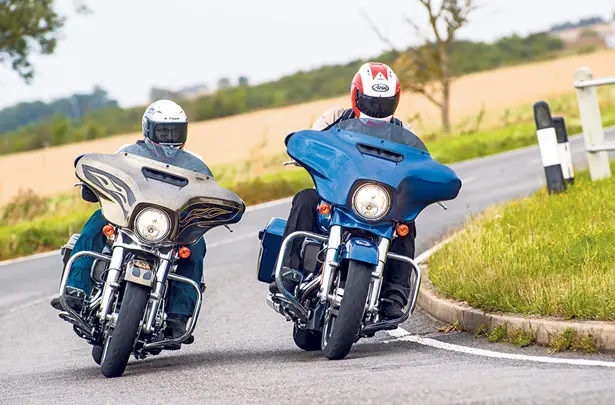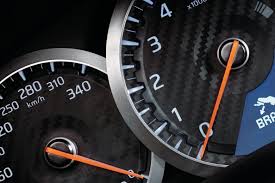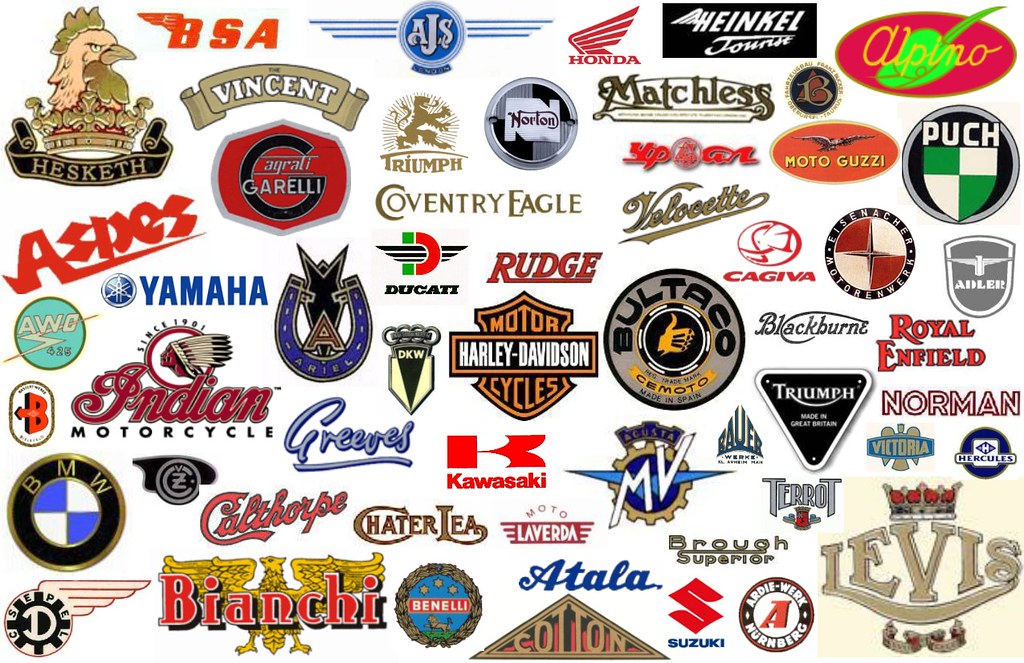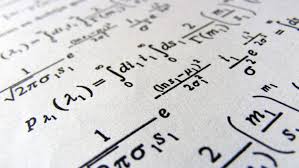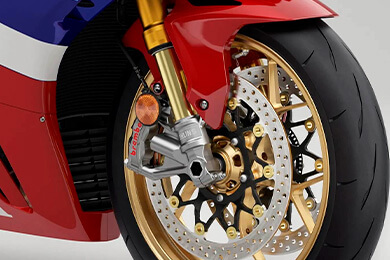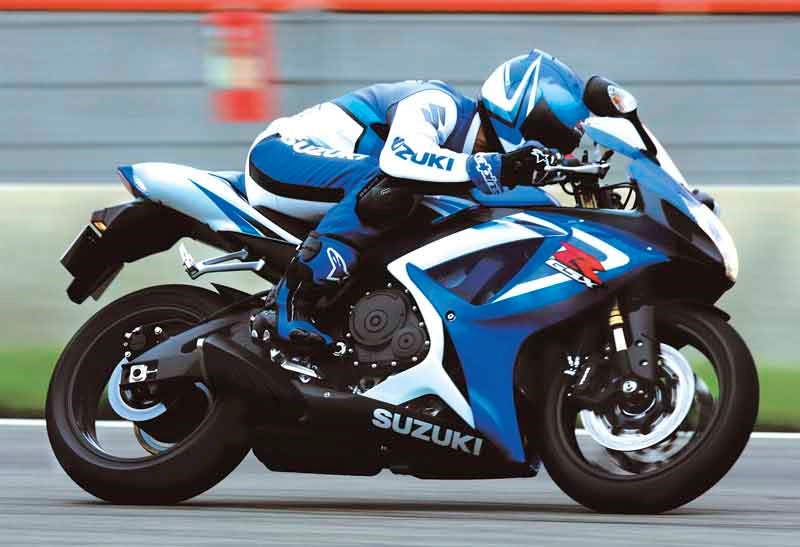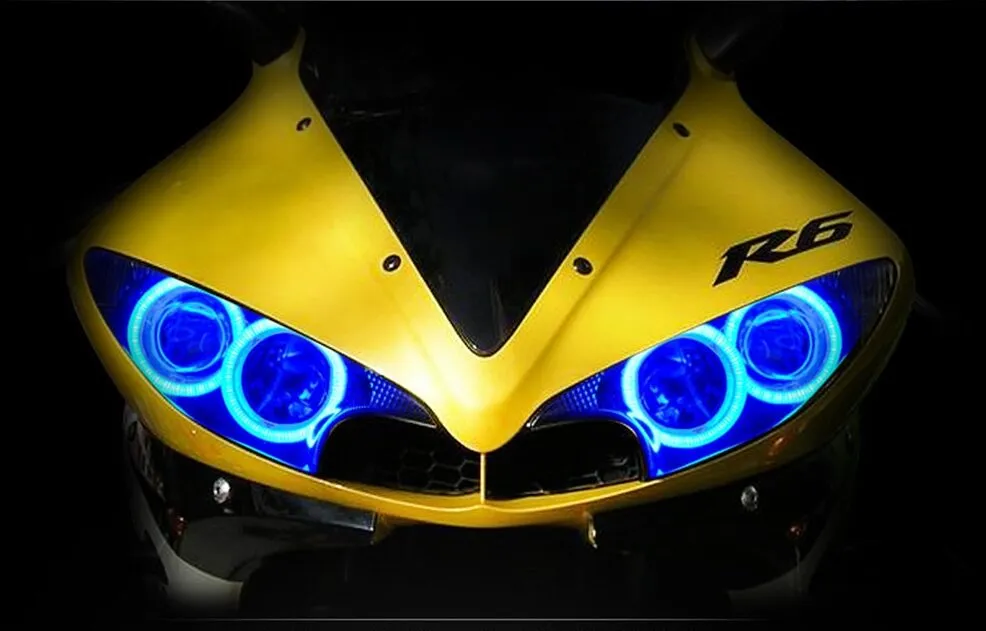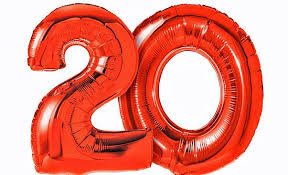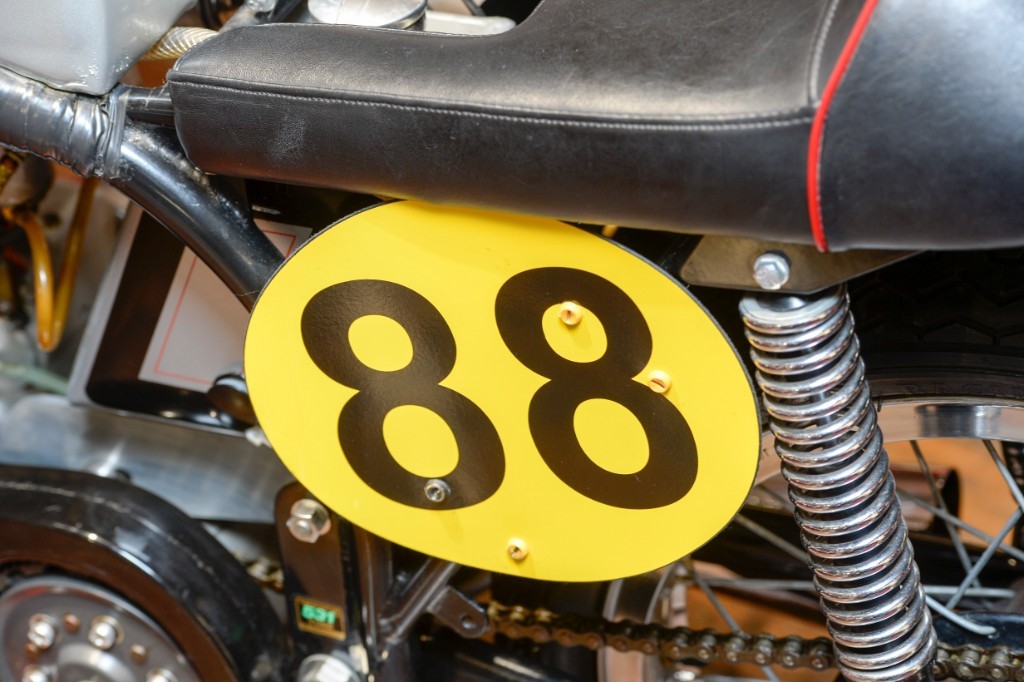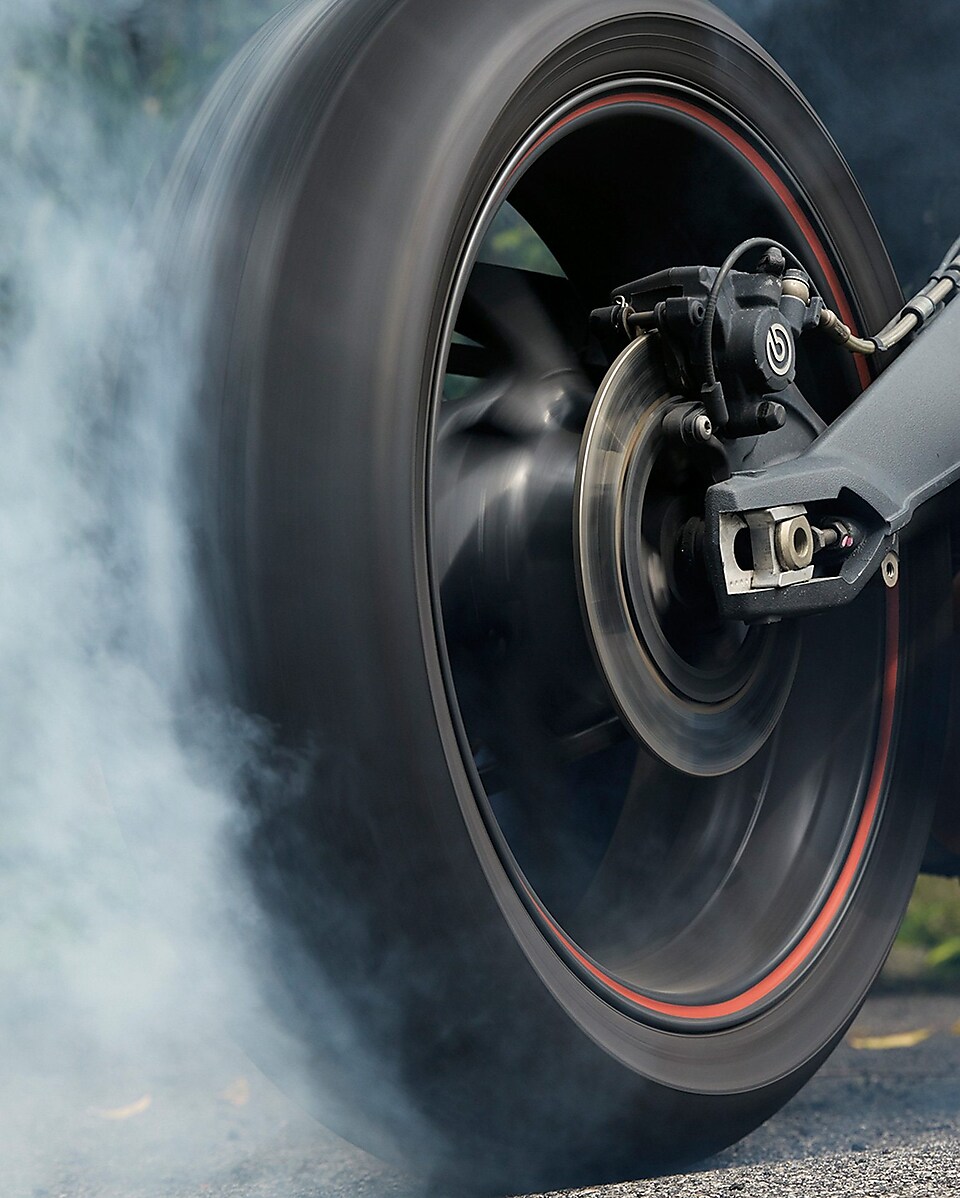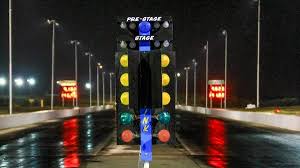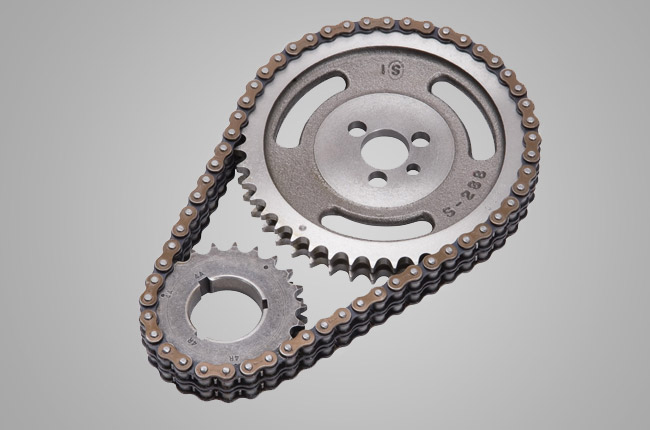
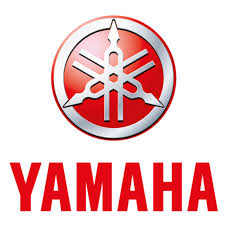

This edition of the Yamaha XVS 400 DragStar is the 5 speed | Manual version and was first brought out in 1997. This was at around the same time as the introduction of the 1997 Suzuki GW 400 Inazuma and the 1997 Suzuki TS 125 Single Cylinder.This particular Yamaha XVS 400 has a 399cc Air cooled, Two stroke, Horizontal In-Line Petrol powerplant with 2 cylinders and Carburettor.
![Suzuki GV 700 GL Madura - [1984] image Suzuki GV 700 GL Madura - [1984] image](/editionimages/b/default.jpg)
An alternative Horizontal In-Line engine, Cruiser style motorbike includes the Suzuki GV 700 GL Madura - [1984]
The 1997 XVS 400 shares its Horizontal In-Line engine and Cruiser style configuration with the likes of the 1984 Suzuki GV 700 GL Madura and the 1984 Honda CB 750 SC Nighthawk S. Alternatively, if you're looking for other bikes which share the XVS 400's Cruiser style with a similar size of engine then how about the 1994 Suzuki VS 400 Intruder | 1994cc.2023 Kawasaki Eliminator 400 SE | 2023cc.
Weighing in at 0 kgs (0 lbs) this makes the Yamaha XVS 400 DragStar in the same weight category as the 2024 Honda CBR 650 R or the 2024 Kawasaki Z7 Hybrid, give or take 50kg.
In terms of power the 399cc 4 valve Horizontal In-Line 2 cylinder engine produces 33 bhp (24 kW) @ 7500 rpm similar to the 2025 Honda X-ADV 745 [57.8 bhp (43 kW) @ 6750 rpm] or the 2025 Yamaha WR 250 F [36.1 bhp (26 kW) @ 12000 rpm].
The SOHC Two stroke unit throws out torque of 23.6 lb-ft (31.9 Nm) @ 6000 rpm placing it alongside motorbikes of similar performance figures such as the 2025 Honda MSX 125 Grom [7.6 lb-ft (10.4 Nm) @ 5500 rpm] and the 2025 Suzuki SV 650 ABS [47.2 lb-ft (63.9 Nm) @ 8100 rpm].
If one combines the weight with power or torque performance for the Yamaha XVS 400 you can get a better idea of it's real world performance.
![Kawasaki KE 175 Single Cylinder - [1980] image Kawasaki KE 175 Single Cylinder - [1980] image](/editionimages/b/default.jpg)
The 1980 Kawasaki KE 175 Single Cylinder has similar Bhp Per Ton stats as the 1997 Yamaha XVS 400 DragStar.
The 1997 Yamaha XVS 400 DragStar has a Power to weight ratio of 147.3 bhp per ton and 105.3 lb-ft per ton. Bhp Per Ton figures of the 1997 XVS 400 competing with the 1980 Kawasaki KE 175 Single Cylinder [172.1 bhp\ton] and the 2006 Honda VT 750 C Shadow Aero [172.0 bhp\ton].
If you agree with the late great Carroll Shelby, then arguably an even better indicator of potential performance is Torque. Factor weight into the equation and you end up with - Torque per ton, with the Yamaha XVS 400 generating around 105.3 lb-ft per ton. If you're curious as to what other motorbikes have as much torque to weight then look no further than the 1982 Honda CB 550 SC Nighthawk [130.0 lb-ft per ton] and the 2009 Suzuki GSR 400 ABS [129.9 lb-ft per ton].
With a 0-60mph time of 25.1 secs or a 0-100km/h (0-62mph) of 25.7 secs, this makes the Yamaha XVS 400 DragStar similar in acceleration to the 2015 Suzuki TS 185 ER (25.1 secs) and the 2000 Suzuki TS 185 ER (25.1 secs). This Yamaha XVS 400 DragStar also competes in terms of 0-60 mph and 0-100km/h with the 2018 Honda CB 250 R Neo Sports Cafe (0.0 secs) and the 2020 Norton Superlight SS (0.4 secs).
![Norton Atlas 650 Nomad - [2019] image Norton Atlas 650 Nomad - [2019] image](/editionimages/b/default.jpg)
Quarter Mile time is a close race between the 1997 Yamaha XVS 400 DragStar and the 2019 Norton Atlas 650 Nomad
When talking about the performance of the 1997 Yamaha XVS 400 DragStar on the drag strip it can reach a quarter mile in an estimated 0 secs @ 0 mph. Bikes with a similar performance down the quarter mile can be found in the 2019 Norton Atlas 650 Nomad (0 secs) and the 1982 Yamaha XS 250 DOHC (0 secs).
The 1997 version of the Yamaha XVS 400 DragStar has a maximum speed of 87mph.
If maxing out your bike on the AutoBahn is your thing and you're wondering what's faster at the top end than the 1997 Yamaha XVS 400 DragStar then how about a 2021 Honda CB 350 Highness (98 mph) and the 1988 Kawasaki KLR 600 DOHC (98 mph).





